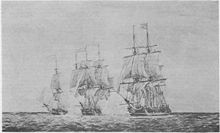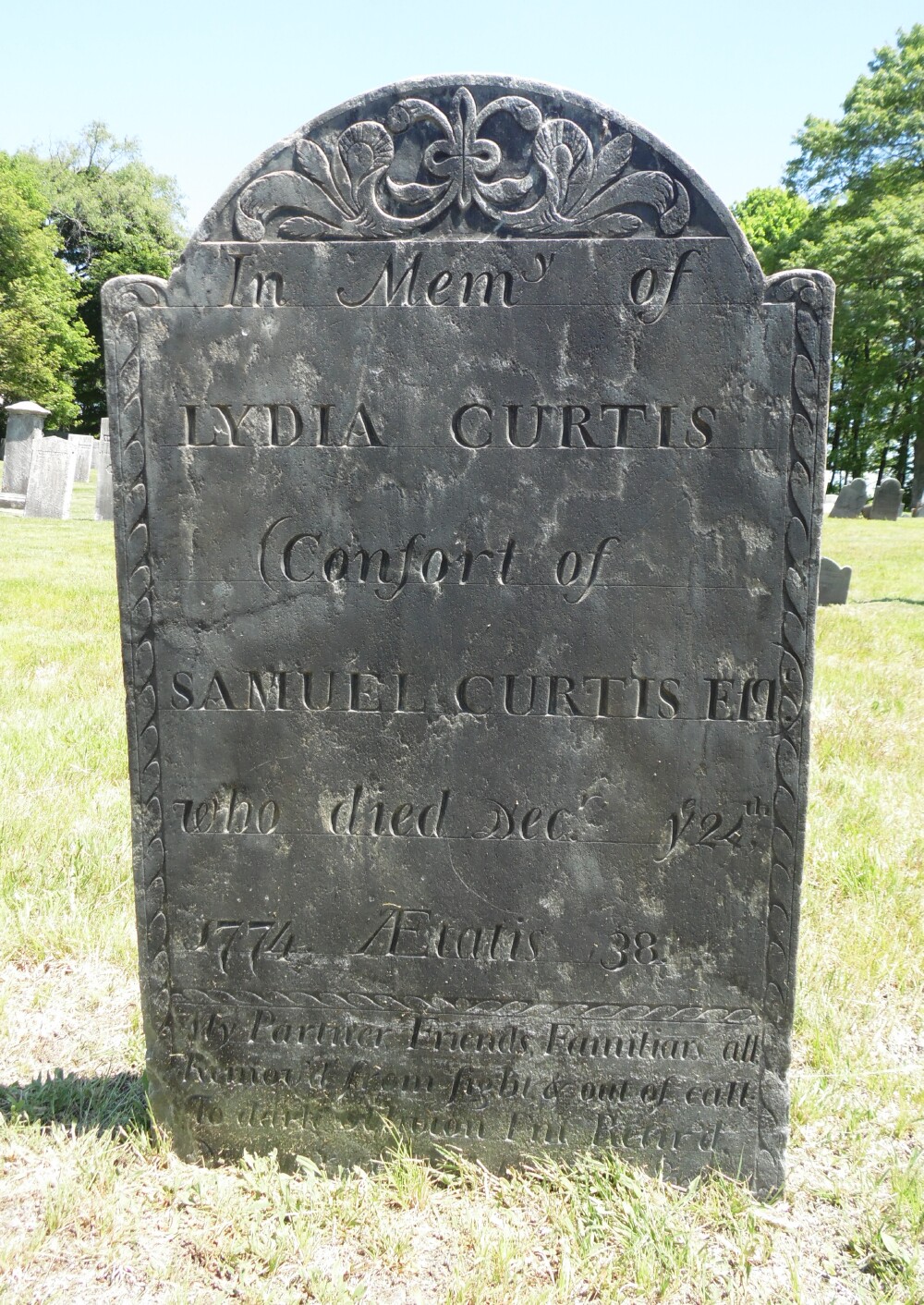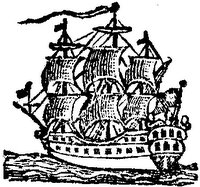“The Spies of 1775” in Acton, 31 Mar.
My topic this time is “Spies and Military Intelligence,” though I’m titling it “The Spies of 1775” for the assonance.
In my previous visit last spring I talked about the story of The Road to Concord: the Patriots’ effort to build an artillery force and Gen. Thomas Gage’s desire to thwart them.
That talk covered the Boston militia men who smuggled cannon away from the redcoats, the British officers scouting the countryside, and the still unidentified spy sending Gage messages from Concord in bad French.
I don’t want to go over the same ground again, so for this talk I’m collecting the stories of other intelligence sources active from late 1774 to early 1776. One I’ve mentioned only once on this blog is John Skey Eustace, represented above by his coat of arms.
Eustace arrived at Gen. George Washington’s Cambridge headquarters in December 1775, one of several Virginians whom Capt. John Manley had captured on a British ship. He’d been sent north to Boston by his mentor: Lord Dunmore, royal governor of Virginia.
Within weeks Eustace was giving Gen. Washington useful tips about Dunmore’s agent Dr. John Connolly. Washington had already collected information on Connolly’s plan to recruit a Loyalist regiment, and at his warning Patriot authorities in Maryland had locked the man up. On 25 December, Washington warned John Hancock there was more to find:
I have received undoubted Information—that the genuine instructions given to Conolly, have not reached your hands—that they Are very artfully Concealed in the tree of his Saddle & coverd with Canvas So nicely, that they are Scarcely discernable—that those which were found upon him are intended to deceive—if he was caught—you will Certainly have his Saddle taken to pieces in order to discover this deep Laid plot.Washington repeated that intelligence at the end of January 1776:
You may rely that Conolly had Instructions concealed in his Saddle—Mr Eustice who was one of Ld Dunmores family, & Another Gentleman who wishes his Name not to be mentioned, saw them cased in Tin, put in the Tree & covered over—he probably has exchanged his Saddle, or withdrew the papers when It was mended as you Conjecture—those that have been discovered are sufficiently bad, but I doubt not of the Others being worse & containing more diabolical & extensive plansThat information must have been deemed reliable because on 13 June Richard Henry Lee wrote to Washington:
I am informed that a certain Mr Eustace, now in New York, but some time ago with Lord Dunmore, is acquainted with a practise that prevailed of taking letters out of the Post Office in Virginia and carrying them to Dunmore for his perusal and than returning them to the Office again. As it is of the greatest consequence that this nefarious practise be stopt immediately, I shall be exceedingly obliged to you Sir for getting Mr Eustace to give in writing all that he knows about this business, and inclose the same to me at Williamsburg. I wish to know particularly, what Post Offices the letters were taken from, by whom, and who carried them to Lord Dunmore.What’s striking about John Skey Eustace eagerly sharing what he knew about Lord Dunmore’s plots is that he was only fifteen years old.
And he’s just one of the people I’ll cover in this talk.
Monday, 31 March, 7 to 8:30 P.M.
The Spies of 1775
Acton Town Hall, Room 204
This event is free to all. It will be livestreamed on ActonTV.org and recorded for posting on the Acton 250 YouTube channel.













